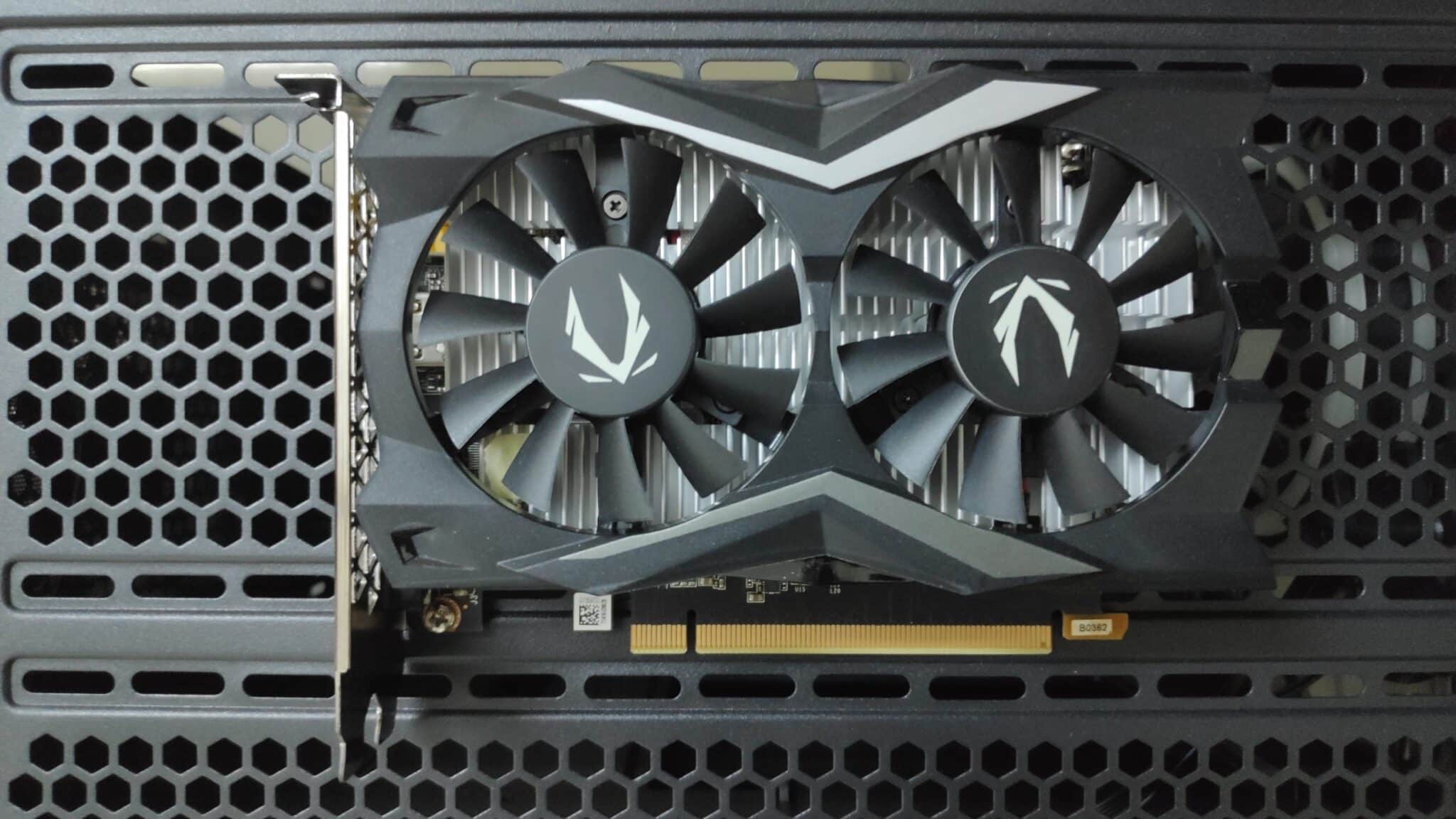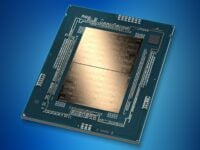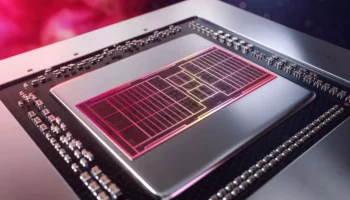NVIDIA launched the GeForce GTX 1650 Super last month (most likely the last card of the Turing lineup) to counter AMD’s Radeon RX 5500 XT. However, things didn’t quite pan out as team green had initially anticipated. The 5500 XT is notably faster than the 1650 Super, even with the 4GB model. There’s also the 8GB variant but considering that it costs almost as much as the GTX 1660, it’s a hard pass.
However, that’s another story. In this post, we have a deeper look at the Zotac GeForce GTX 1650 Super 4GB Twin Fan. We’ll be checking the 1080p gaming performance across a variety of games, followed by an overclocking test. Finally, we’ll be pulling the card apart and analyzing the PCB for the VRM, memory and the heatsink to get a better idea about what we’re dealing with.
Specifications
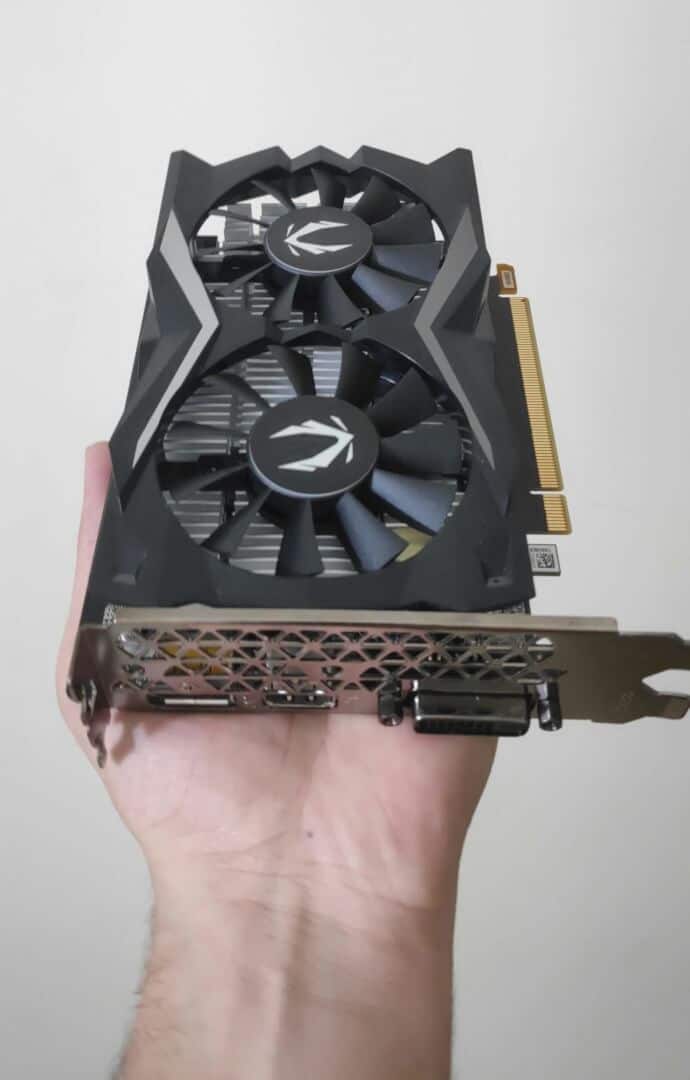
| GTX 1650 | GTX 1650 Super | GTX 1660 Super | GTX 1660 | |
| CUDA Cores | 896 | 1280 | 1408 | 1408 |
| Boost Clock | 1665MHz | 1725MHz | 1785MHz | 1785MHz |
| Memory | 4GB GDDR5 | 4GB GDDR6 | 6GBGDDR6 | 6GB GDDR5 |
| TGP | 75W | 100W | 125W | 120W |
| Price | $159 | $159 | $249 | $200 |
Unlike the GTX 1660 Super, the 1650 Super is a major step up from the vanilla 1650. More shaders, faster memory, increased bandwidth as well as a higher boost clock. Of course, that also means a higher power draw (25% more than the GTX 1650). As a result, the latest Super card requires a 6-pin power connector as the PCIe bus tops out at 75W. Surprisingly, the 1650 Super is selling as low as the vanilla 1650 with some variants available for even less, courtesy of the holiday sale.
Test Bench
- CPU: AMD Ryzen 7 3700X
- Motherboard: ASRock X570 Taichi
- Memory: Trident Z Royal 8GB x2 @ 3600MHz
- HDD: WD Black 4TB
- PSU: Corsair HX1000i
GeForce GTX 1650 Super: 1080p Gaming Performance
All the titles were tested at 1080p using the highest in-game preset and the average frame rates were noted.


The 1650 Super is a notable improvement over the vanilla GTX 1650. Although it doesn’t quite undo the 1660, it’s almost 50% faster than the 1650 in memory-bound titles like Metro Exodus.



On average, the GeForce GTX Super is 20% faster than the GTX 1650. This makes it “just playable” at 1080p. In most games, you can expect over 50 FPS on average, although some titles like Control and Metro Exodus had some trouble, hitting the 4GB memory cap multiple times. If you want buttery smooth performance in those two, it’s best to go with the GTX 1660 or better yet the RTX 2060. After, all those are two of the few RTX enabled titles.
Overclocking and Thermals
Just like the 1660 Super, the 1650 S also turned out to be a healthy overclocker. We were easily able to get +200 on the core and a hefty +800 on the memory. Here are the overclocked benchmarks:



It’s remarkable how much of an improvement we see on overclocking the 1650 Super. It manages to catch up with the 1660, and in memory-bound titles like Deus Ex, the delta is completely eliminated. Impressive indeed.
In case you’re worried about the 4GB VRAM causing problems, have a look at the lows. All things considered, these are very respectable figures. Wildlands, despite being an old game kills even the most powerful GPUs. The 1650 Super still manages a minimum of 58 FPS. That’s as smooth as it gets with a sub-$200 card.
It’s the same story in Division 2 where the frame rate never dips below the 50 FPS mark throughout the duration of the benchmark.
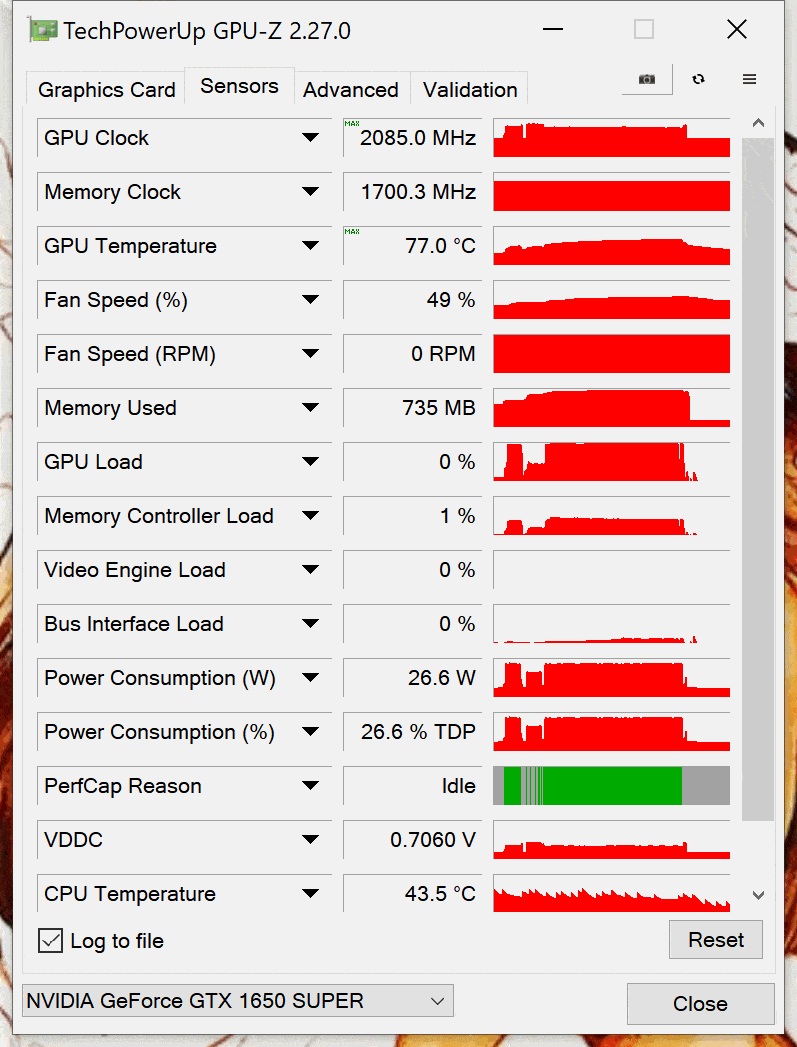
Looking at the thermals, the card runs into a hard power limit on overclocking. Explains why NVIDIA has limited the power and voltage sliders. Although the temps climbed up to 77 degrees at times, the average was still around 74-75 which is quite decent.
PCB, Heatsink and VRM Analysis
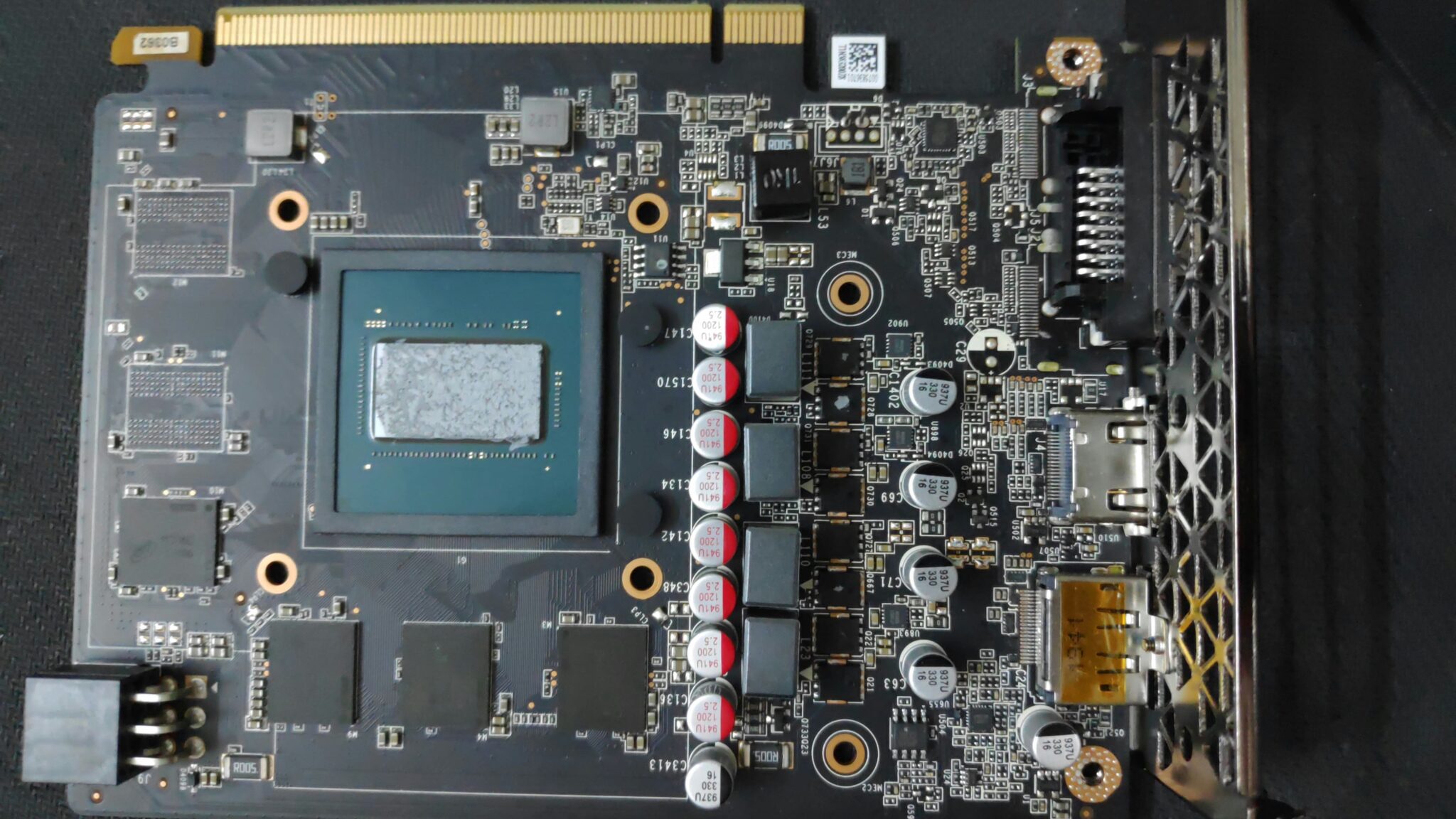
Compared to the 1660 Super, the 1650 Super features a significantly downgraded PCB. The 6+2 phase gets cut down to 4+1, four phases for the core and one for memory. Like almost every NVIDIA and AMD card using GDDR6 memory, the Zotac GTX 1650 Super also leverages Micron’s 14Gbps modules. There is a six-pin power connector, one HDMI, DP, and DVI port each to power your display at the back.
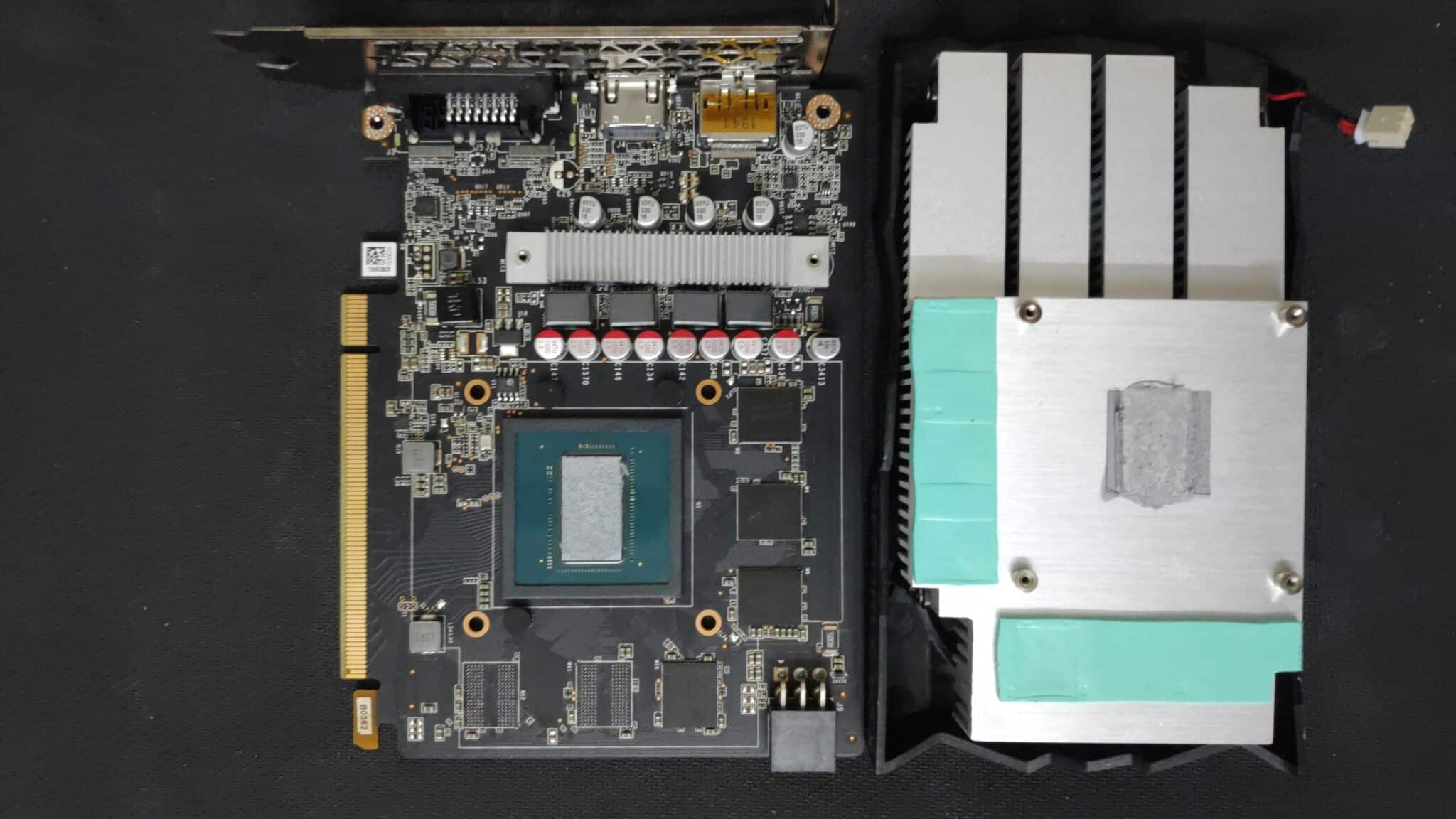
The heatsink is also a much simpler issue. There are no heat pipes, and instead, you get a simple aluminum extrusion. To top it off, this isn’t even brushed metal and features fins only on the top-side, much like the cheaper Inno3D cards. The VRM, however, does get a separate strip for better thermals.
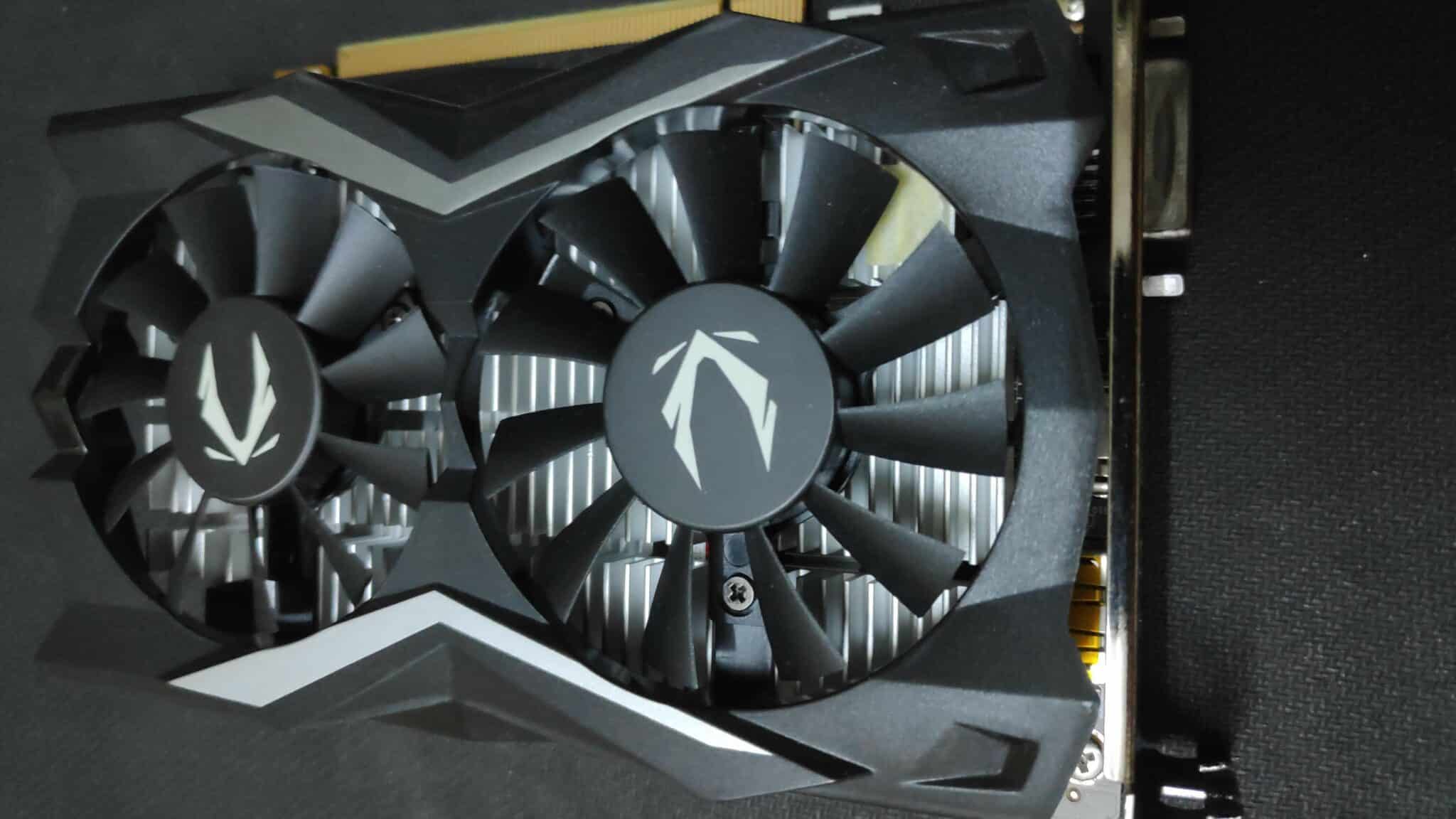
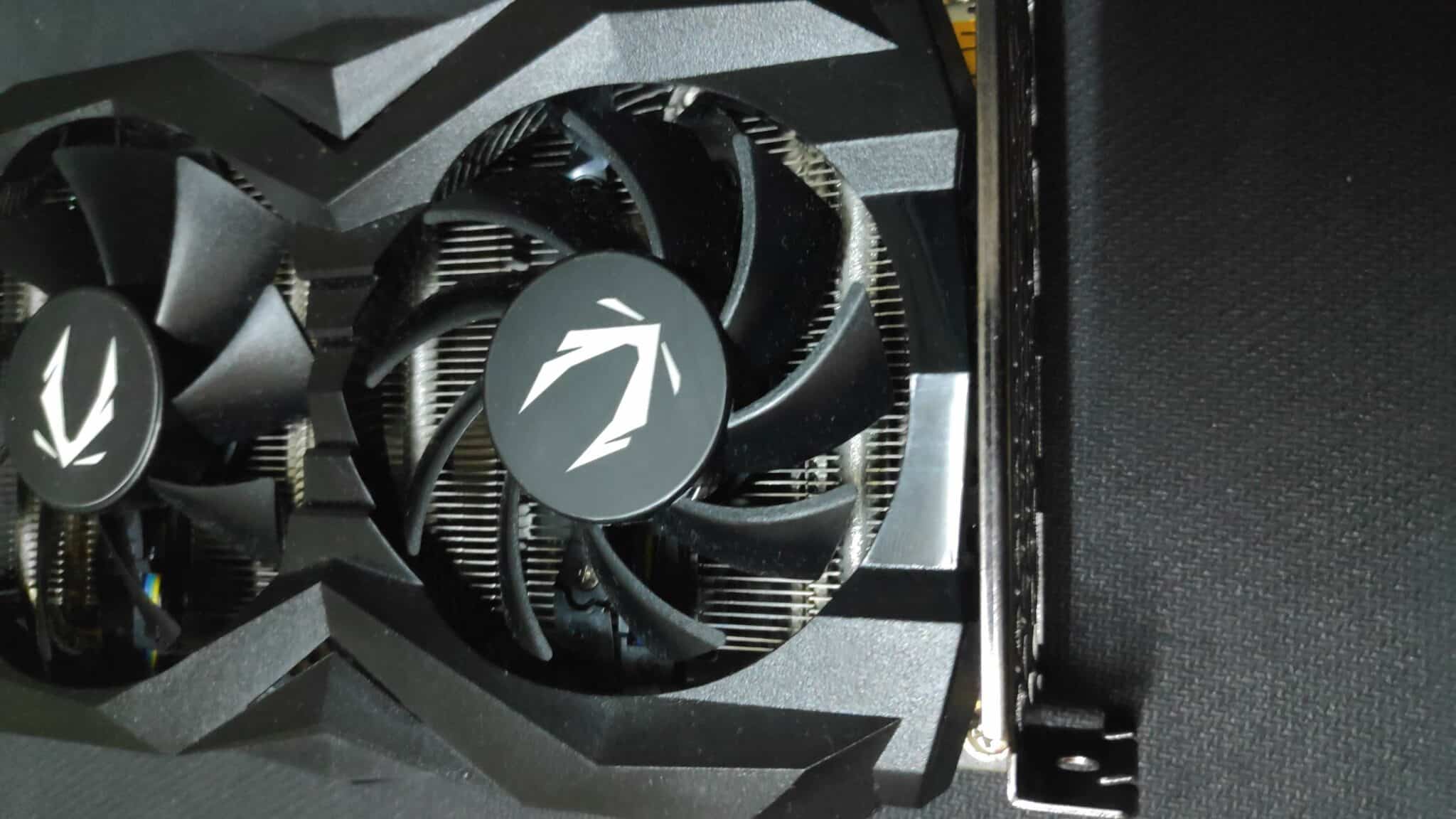
Conclusion
At the end of the day, it’s the results that matter. And that is exactly where the GTX 1650 Super delivers. Baseline performance is ideal for budget 1080p gaming. Overclock it a bit and you get GTX 1660-level performance for much less. We’ll be doing a detailed side-by-side comparison of the 1650 S and the RX 5500 XT soon, so watch out for that!
